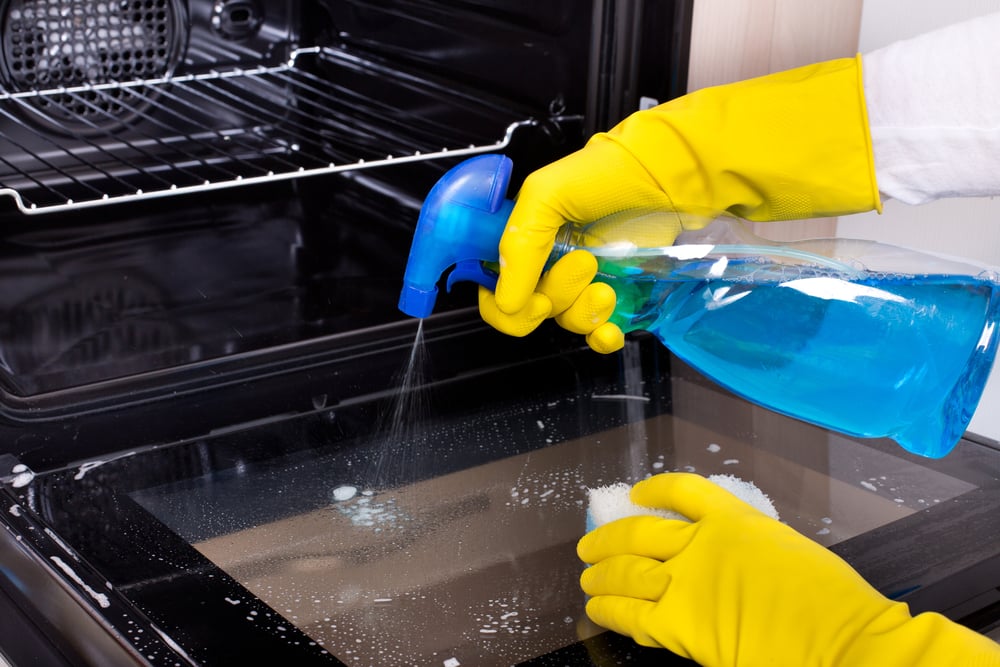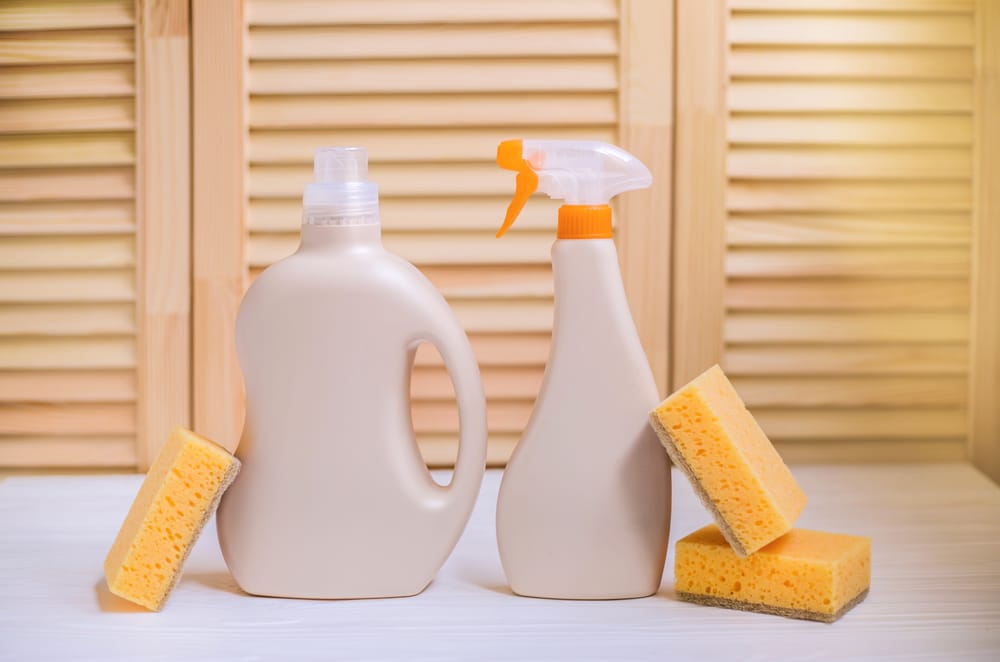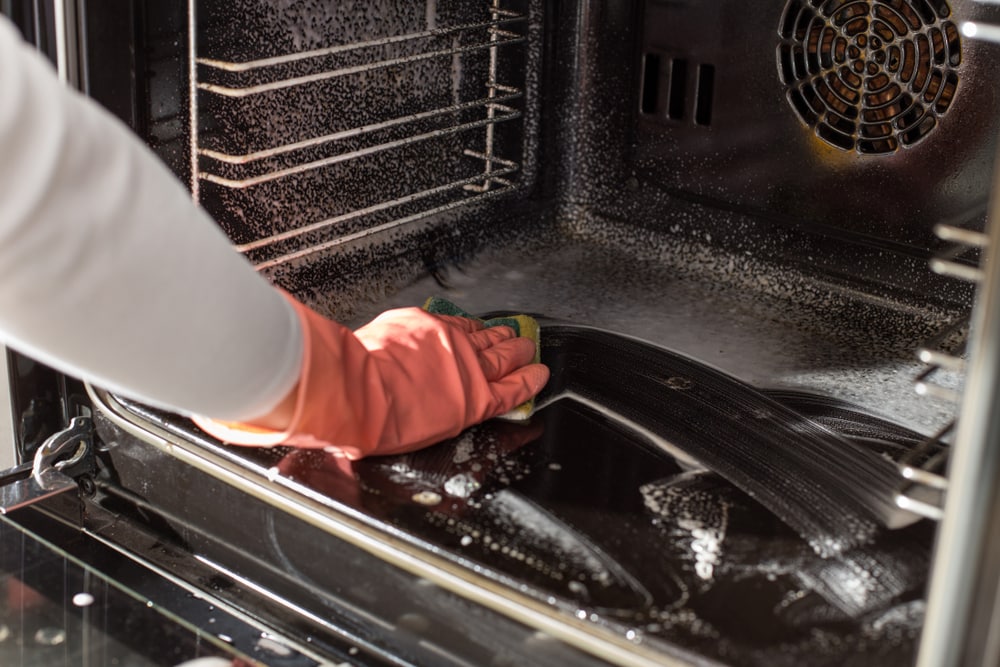
Oven cleaners are a wonderful secret weapon to have in the kitchen because they clean far more than just ovens. They can also be used to clean stubborn grease and stains from roasting dishes, deep fat fryers, and more.
However, most proprietary oven cleaners are made with very harsh alkalines, and there are certain materials that they should not be used on.
Most ovens are made with enameled surfaces or stainless steel trims, but some have aluminum parts. You may be wondering if it is safe to use oven cleaner on aluminum. Today, we will share the answer along with more details.
What is oven cleaner made of?
The question of whether oven cleaner can be used on aluminum depends on which oven cleaner you are using and what chemicals it contains. Some come in gel formulations or pastes, while others are sprayed on.
Most commercial oven cleaners contain a mixture of potent chemicals, but the main one is sodium hydroxide, commonly known as caustic soda. This is a strong alkaline.
Others contain potassium hydroxide, and some are simply abrasive pastes with a little essential oil for fragrance and shine.
Can Oven Cleaner Be Used On Aluminum?
The answer depends on which oven cleaner you plan to use. Any oven cleaners containing sodium hydroxide should not be used on aluminum as the chemical reacts with the metal and will cause etching, pitting, and marking.
Some oven door edges are aluminum and not stainless steel, so these may turn white if they come into contact with oven cleaner, so do be careful.
Oven cleaners with abrasive powders may scratch the surface of aluminum but shouldn’t cause pitting. Otherwise, it’s best to keep all commercial oven cleaners well away from your stove trims and aluminum baking dishes.
What Can I Use Instead?
Now that you know you cannot use oven cleaner on aluminum, you may be wondering what you can use and how to clean your aluminum cookware. Here’s our step-by-step guide:
- Remove all loose grime
If the grease and grime are baked on, start by soaking the aluminum dish or pot in hot water and dishwashing soap. Once cool, use a rough sponge to remove all dirt and debris.
- Use an acidic home-made cleaner
Next, get that aluminum shining with an acidic cleanser. This will remove any discolored patches caused by oxidation. (They often look like white powdery patches.)
Take a liter of water and add 30 ml of either lemon juice or vinegar. You may also use cream of tartar if you don’t have either of these. Rinse the aluminum in this solution, then wipe it dry.
What if I have already used oven cleaner?
If you have already made the mistake of using oven cleaner on aluminum, the result will be pitting and discoloration. While this cannot be undone, there are some things you can do to improve its appearance.
First, wash off any remaining oven cleaner with a wet cloth. Rinse well with the acidic solution recipe given above. This will neutralize the alkaline oven cleaner and prevent further damage.
Once dry, polish or buff the surface to help restore some shine. To do this, use a buffing cloth with some toothpaste.
To summarize
Commercial oven cleaners should not be used on any aluminum surfaces as they will cause pitting and discoloration.
Besides this, such harsh cleaners are dangerous if inhaled or on the skin. It is best for your health and the environment to move away from using such chemicals.
An eco-friendly recipe for an oven cleaner that won’t harm you or your aluminum follows:
Mix 1 cup of dishwashing liquid, 3 cups of baking soda, and 1 ½ cups of vinegar. This will froth and foam but don’t worry. Use this to coat the inside of your oven or aluminum pots.
Leave it overnight if possible, then clean everything with a sponge scourer. Remove the excess with paper towels, then rinse and dry.


